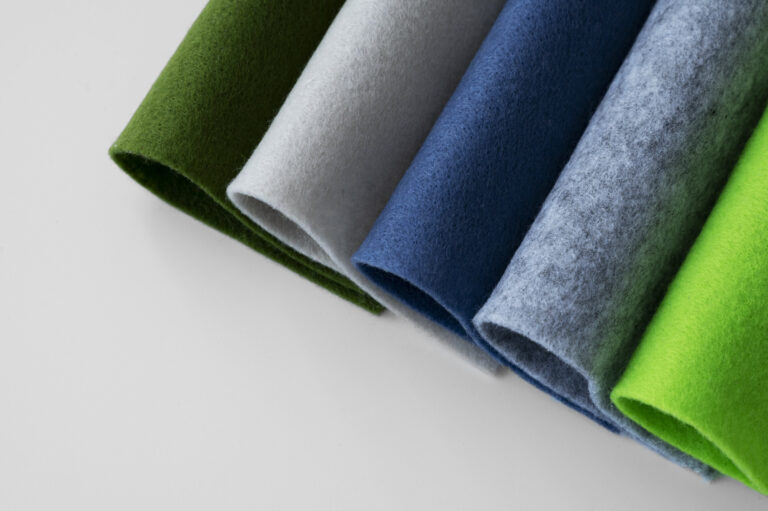Maintenance of Sewing Machine: Basic Tips From Experts
A well-built sewing machine, whether it is a traditional or serger, new or old, used frequently or infrequently, will sew flawlessly for many years provided it is treated with care. Maintenance of sewing machine is sometime an issue to many but with the right knowledge, it is as simple as ABC.
A sewing machine that is properly maintained and cleaned on a regular basis hardly ever “wears out,” even if adjustments or part replacements are necessary.
In this article I will explain in a clear terms maintenance of sewing machine and how you can maintain your sewing machine to give you optimal productivity without hitches.
Identifying The Issue
It’s always a good idea to clean your sewing machine before trying to fix it. The accumulation of dust, lint, or thread ends on the machine’s functioning parts can lead to a variety of issues.
A simple approach to avoid many issues is to just sweep lint and dust out of the machine after each usage. Dust off the lint in the bobbin case, beneath the needle plate, and around the feed dog using the machine’s soft nylon brush or a little paintbrush.
Unbrushable lint or thread fragments can be removed with a needle or tweezers. Dust and lint can also be removed using canned compressed air.
Lint and dust that are permitted to build up in a sewing machine over time may eventually become soaked in oil and/or lubricant and cause the machine to malfunction.
The machine will function more easily once this gooey gunk is gone, and modification might not be required. This undesired buildup needs to be removed, which takes more time and attention than routine maintenance.
All electric machines, particularly chain-stitch machines and those with grease-packed bearings, are exempt from the following processes.
Older electric lock-stitch and treadle machine models are covered by them. Use this manual in conjunction with your instruction manual after consulting your machine’s instruction manual to identify the appropriate cleaning process. Use quality thread and needles.
Thread of poor quality is linty and harmful to machinery.
Be Ready For Maintenance
It is essential to often change your needles because dull or bent ones might lead to stitch issues. When, you inquire? every ten hours of continuous sewing, or roughly four bobbins. Every time you begin a new machine quilting project, Rob advises using a brand-new needle.
The aggressive point of the mircotex sharp needle, which swiftly enters the fiber and produces fewer skipped stitches, especially on large tasks like appliqué or webbing, makes it his preferred kind of needle.
Avoid Using Canned Air
It’s crucial to regularly clean your sewing machine. Get in there frequently and clear out any lint, dust, or thread fragments that can clog the system.
But avoid using canned air to clean. Using canned air to clean your machine or bobbin case adds moisture, which produces gunky lint that clogs up equipment. Use a nylon brush to clean your machine instead of canned air (one usually comes with your sewing machine).
Lubricate The Device
A sewing machine has a lot of moving parts. Your machine will run longer and more smoothly if you oil it. And make sure you use high-quality oil; it won’t spoil your creations because it is clear and very fine (unlike 3-in-1 oil).
Only a few drops of oil are required, and your sewing machine’s instruction manual should specify where to place them. Before applying oil, make sure your machine is clean, paying specific attention to the bobbin case.
Consider spending a little extra time reviewing the instructions or watching Rob’s fantastic video on lubricating and cleaning your machine because you never want to apply oil where it doesn’t belong.
Conclusion
Cleaning, lubricating, and oiling are typically required for basic maintenance on sewing machines. The usage and care manual that comes with the machine covers these steps.
The greatest resource for the particular maintenance your equipment needs is this one. It’s important to carefully follow the instructions in your manual because some machines are made to run without lube or oil.
